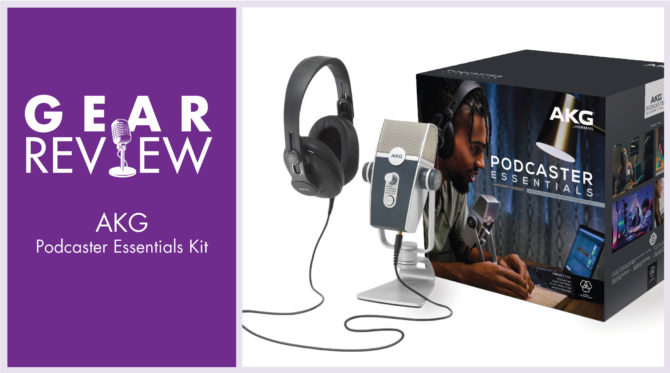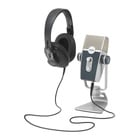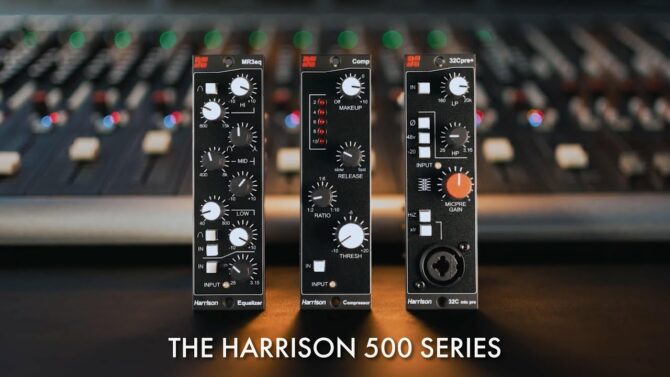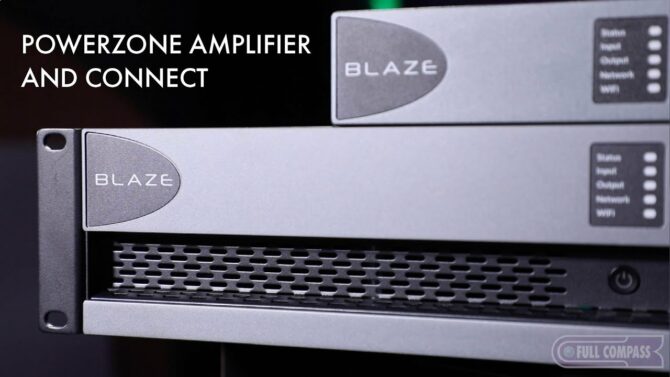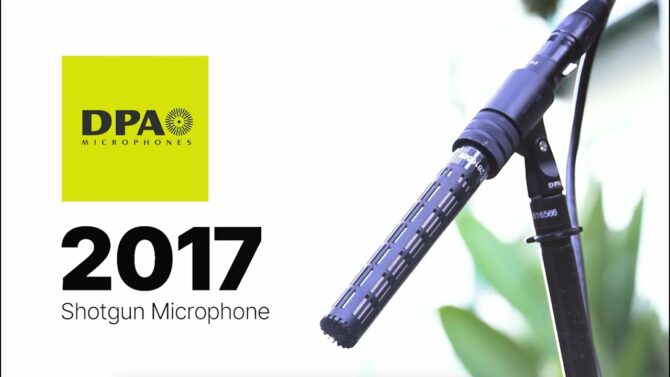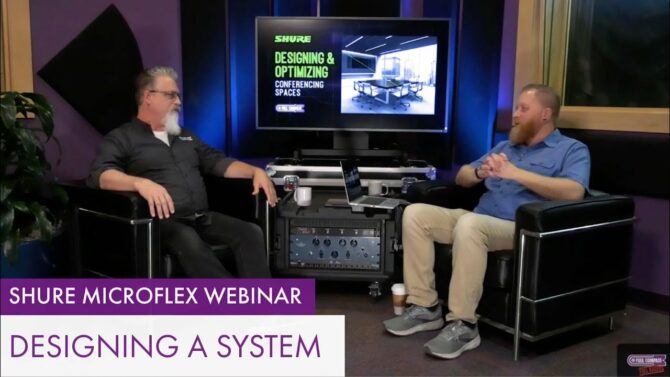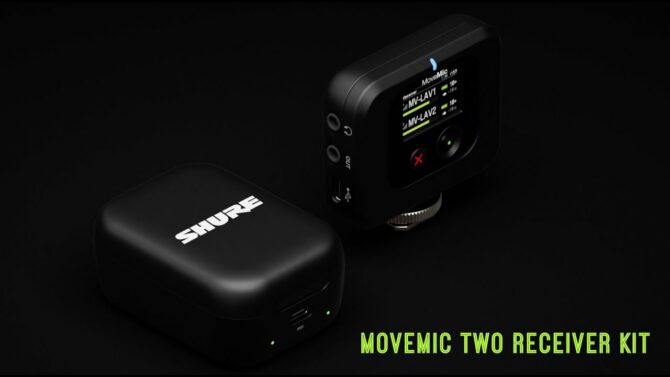Podcasting may be the buzzword du jour, but this USB Definition:
Definition:
(Universal Serial Bus) A standard, bi-directional serial connection between computers and peripheral devices. 2.0 Definition:
Definition:
Stereo Sound with 2 speakers and no subwoofer. See subwoofer. mic/headphone combo has far more applications than podcasting. When writing this review, its maiden voyage was a board meeting teleconference. Next was capturing a song idea when inspiration struck while in my office. Labels aside, this package is a one-stop-shop for recording audio into a computer (Mac Definition:
Definition:
A MINITab macro file. > 10.7, or Windows > W8), as well as Android (> 9.X with an OTG adapter), or iOS Definition:
Definition:
Apple proprietary operating system, primarily for mobile devices (iPhone, iPad, iPod Touch, Apple Watch). Current Apple TVs run on tvOS, which is similar to, and based on, iOS. (> 10.X with a lightning-to-USB adapter, or USB-C adapter for the latest iPad Pros).
Adapters aren’t included for Android or iOS, but that’s about all that’s not in the package. If you record audio through the built-in mics found in computers or mobile devices, you’ll be shocked at the improvement a real mic offers—and if you’re used to earbuds, you’ll immediately notice the headphones’ superior sound quality.
What’s In the Kit
Given AKG’s pro reputation, one might think that they’re aiming downmarket with the Podcaster Essentials Kit. However, it seems more like they’re trying to bring this type of product upmarket. The build quality is very good, but also, this is indeed a complete kit. Here’s what you get:
- AKG Lyra mic and stand. I assume there will be differing opinions about the retro look; I like it, because it transforms something that could be drab into something interesting. The mic sounds excellent, has high sensitivity
 Definition:
Definition:
In transducers and amplifiers, the how much input energy is needed to produce the desired output., and includes four pickup Definition:
Definition:
1. Transducer attached to a musical instrument that converts mechanical vibrations into an electrical signal for recording or amplification 2. The part of a phonograph that translates mechanical motion from grooves into electrical signals for subsequent amplification. patterns (more on this later). - AKG K371 headphones. The circumaural
 Definition:
Definition:
A headphone that fits around the ear rather than on top of the ear, and exerts pressure on the head. design (and tight, yet not uncomfortable, seal) keeps out ambient Definition:
Definition:
- Something in a close vicinity.
- The natural sound of a space, or simulation of being in that space.
 Definition:
Definition:
The ability for a piece of equipment to follow a fast-rising waveform, and reproduce it accurately. is excellent, the high end is clear and devoid of shrillness, and the bass is full, with an even response. When you’re not using the kit for its intended purpose, feel free to sneak off with the headphones and listen to music. - 3 different headphone cables. This is where most companies would say “Hey—let’s save money by just including one cable, and then sell the others as accessories!” One cable is 10’ long, one 4’ long, and one is a coil
 Definition:
Definition:
(slang) Inductor; its derivation is that most inductors are made up of coils of wire. cord. They use a locking, mini-XLR connector Definition:
Definition:
A Switchcraft designed Tini-QG connector, available in 3 and 4 pin versions. Often used on miniature microphones, and wireless belt-pack transmitters and receivers. Wiring scheme is not standardized. to plug Definition:
Definition:
A connector, normally male and attached to a cable. into the headphones, and an 1/8” stereo Definition:
Definition:
A two channel signal simulating a sound space, typically played through two speakers. jack for plugging into the Lyra. Three headphone cables may go beyond the call of duty, but it’s a practical option that will matter to serious users. - Headphone pouch. Protects your headphones when you’re on the go, and it’s big enough that you don’t have to jam the headphones in.
- 1/8” stereo female to ¼” stereo male adapter. Yes, you can use the headphones with gear that has a ¼” headphone jack.
- 1/8” stereo Y-cable
 Definition:
Definition:
A signal splitter with three connectors connected by cables, not a box. splitter Definition:
Definition:
A passive or active device that splits one input to two or more outputs. Used for microphone, line level, video, and radio-frequency signals.. Two people can listen through headphones at the same time. The only caveat is you want headphones with relatively similar electrical characteristics, so they have equal volume levels. - USB-C to USB-A cable. Connects the Lyra’s USB-C connector to standard computer USB ports.
- Mic stand adapter. You can detach the Lyra mic from the stand—helpful if you’re standing, and need to use a conventional mic stand.
- Documentation, and Ableton Live 10 Lite recording/editing software download
 Definition:
Definition:
To receive data at one computer from another source (computer, electronic mail service, the cloud, etc.) code. Paperwork includes the warranty info (two years for defects in material or workmanship, so keep your sales receipt), a voucher for a free, four-week recording and production techniques online course from the Berklee College of Music, Quick Start guide, serial number for a free download of Ableton Live 10 Lite, and of course, the usual “Important Safety Instructions” that are required by the Lawyer Employment Protection Act of 2002 (e.g., don’t eat your headphones).
Setup and Controls
The class-compliant drivers mean setup is truly plug-and-play. However, be aware that class-compliant drivers result in some degree of latency Definition:
Definition:
The amount of delay a signal, data, sound, video, or control signal acquires within a device, system, or long-distance connection., which is why you want to do direct monitoring by plugging your headphones into the Lyra, rather than monitoring through the computer. This makes any latency a non-issue.
The mic has two front panel controls—headphone volume, and a mute Definition:
Definition:
1. To silence or squelch an audio signal. 2. A switch that silences a signal. button that lights up when muted. If I’m ever elected president, I promise to resign after 15 minutes… but not until after I issue an executive order that all USB mics must have a mute button.
Four LEDs on the front indicate the currently selected pickup pattern, which is convenient. What’s less convenient is the back panel controls. While choosing the mic pattern isn’t an issue—it’s a set-and-forget type of control—adjusting the mic gain requires reaching around the back. No big deal, but it’s a bit awkward.
Mic Details
It sounds great, and is very sensitive. The mic itself is relatively resistant to p-pops if you’re a decent distance from the mic, but there’s no external pop filter Definition:
Definition:
A microphone accessory, typically made from a plastic or metal mesh, placed between a vocalist or narrator and a microphone to reduce wind noise or breath blasts. for those who “swallow” the mic (so don’t do that).
The clarity and depth is noticeably better than budget USB mics (which may have something to do with 24-bit/192 kHz Definition:
Definition:
kHz (Kilohertz): 1,000 Hertz, or one thousand cycles per second. A/D converter Definition:
Definition:
See Analog to Digital Converter. resolution Definition:
Definition:
1. (video) The measure of pixels horizontally and vertically. For example, 1920x1080 is considered HD, or high-definition. 2. (audio) The combined bit depth and sample rate of a digital audio signal.). However, don’t use more gain than is necessary, or people will hear any ambient noise in your environment.
An important feature of the mic is having four different pickup patterns, based on the four condenser microphone Definition:
Definition:
A microphone with a charged diaphragm over a stationary plate, with an internal amplifier that requires power (battery or phantom power). capsules inside the mic housing. The options are (Fig. 1):
- Responds to sounds in front of the mic.
- Front and Back. Picks up sounds from the front and back, which is ideal for situations where you’re in front of the mic, and you’re interviewing someone sitting across from you.
- Tight Stereo. Picks up sounds from the left and right, when facing the mic. This is arguably most useful for recording music.
- Wide Stereo. This is closer to an omnidirectional
 Definition:
Definition:
A pattern describing a microphone, radio antenna, or loudspeaker that radiates or picks up in all directions equally. response, in the sense of picking up sound from all directions, but it still has good stereo separation. The mode could also be called “lots of people sitting around a conference table with the Lyra set up the in the middle.”

Ableton Live 10 Lite (Mac/Windows)
I’m a major fan of Ableton Live, and have been using it since version 1.0. My take is that as bundled software, it’s either an excellent choice or a puzzling one, depending on the user.
A podcaster who simply needs to edit and clean up audio will probably find Ableton Live daunting. Restoration tools for minimizing noise, hum Definition:
Definition:
An undesired continuous signal caused by AC electrical power, typically 60/50 Hz and its harmonics., etc. would be invaluable, but Live has none of those. It’s also not the easiest waveform Definition:
Definition:
A graphic picture of a wave. editor for doing standard cut/paste/copy functions with narration; for many users, Audacity, or a lite version of Magix Sound Forge, might be more suitable.
However, for anyone who’s doing soundtracks or music beds for their podcasts, Ableton Live is a fantastic choice. It’s easy to put together music, even if you’re not a traditional musician. It can load third-party restoration plug-ins if you need to fix your audio, and has an upgrade path for people who want to go further. The manual is well-written, and there’s a ton of instructional material on the web.
If you’re willing to invest some time in scaling the learning curve, you can do all the standard editing needed for voice, including equalization and dynamics Definition:
Definition:
In a musical performance, changes in overall volume levels, often accompanied by timbral changes. Example: Classical symphonic music has a wide dynamic range, while dance mixes have a much narrower dynamic range. processing to enhance the audio quality. And if you’re a musician, there’s a reason Ableton Live is one of the most popular programs on the market.
The Bottom Line
There are a lot of USB solutions for podcasters, so in one way, AKG’s Podcaster Essentials Kit is entering a crowded field. But podcasting solutions that reach the standard set by AKG is not a crowded field at all. With today’s technology, connecting a mic through USB is a trivial technical challenge, so the transducers are the crucial elements. AKG has a built-in advantage, due to the company’s 70+ years of making studio-quality headphones and microphones.
Also, they went the extra mile. The mic’s aesthetic strikes a balance between safe enough for an office without being boring on-camera for a podcast Definition:
Definition:
An audio digital streaming program. Originally from iPod+Broadcast.. Touches like including three cables, a mic stand adapter, serious bundled software, a ¼” adapter so you can use the headphones with other audio products, a headphone pouch, and the free Berklee audio course aren’t overkill. These elements are what make the package truly complete, and add considerable value to what is already a reasonable price.
Well done, AKG.



